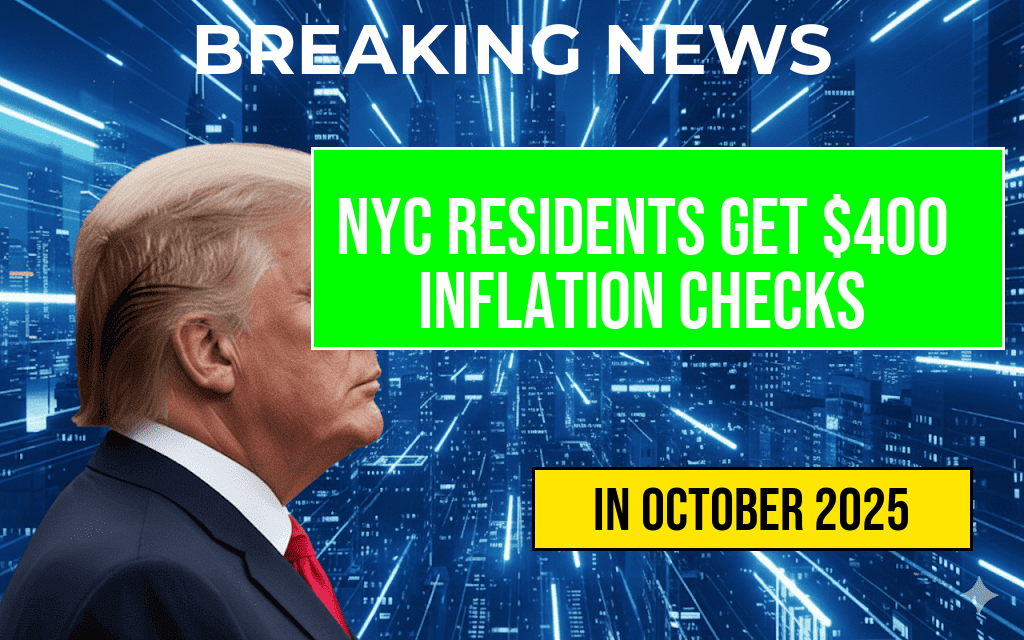Starting in November, millions of Americans relying on Supplemental Nutrition Assistance Program (SNAP) benefits will experience significant changes as the federal government phases out emergency measures implemented during the COVID-19 pandemic. Originally expanded to address economic strains caused by the pandemic, these enhancements—including increased benefit amounts and relaxed eligibility criteria—are set to end with the October monthly issuance. This shift is expected to impact vulnerable populations, especially in states where the temporary expansions sharply increased assistance levels. While policymakers argue that the adjustments restore pre-pandemic standards, advocates warn that the reduction could lead to increased food insecurity for low-income households across the country.
Background on SNAP Expansions During the Pandemic
During the height of the COVID-19 crisis, federal authorities implemented a series of emergency measures to bolster food security, including boosting benefit amounts and easing some eligibility rules. These changes aimed to support Americans facing unemployment, reduced income, or other economic disruptions caused by the pandemic. As a result, many recipients saw their monthly benefits increase by hundreds of dollars, and some states expanded access to additional populations. The temporary measures were authorized under the Families First Coronavirus Response Act, which allowed for swift adjustments in SNAP policies to address unprecedented hardship.
Phasing Out Emergency Measures and the October Deadline
Under the Biden administration’s plan, the increased benefit levels and relaxed eligibility standards will conclude with the issuance for October. Starting in November, SNAP benefits will revert to pre-pandemic levels, reflecting standard benefit calculations based on household income and size. This transition marks a significant policy shift, with some experts estimating that households could see reductions in benefits ranging from 20% to 50%, depending on individual circumstances and state policies.
Impact on Beneficiaries
- Financial Strain: Households that relied on elevated benefits may face increased food insecurity, especially in states with higher living costs.
- State Variations: Some states, like California and New York, had already begun adjusting their policies in anticipation of the federal rollback, potentially cushioning the impact. Others may experience more abrupt reductions.
- Nutrition and Health: Reduced benefits could lead to compromised diet quality, affecting overall health outcomes for vulnerable populations, including children and the elderly.
Arguments Supporting the Policy Change
Officials contend that the end of emergency measures restores the program to its intended purpose and budget framework. They argue that the temporary expansions were meant solely as a crisis response, and that returning to standard benefits encourages fiscal responsibility and program integrity. Additionally, proponents suggest that the economy has sufficiently recovered, reducing the need for emergency interventions. The Department of Agriculture (USDA), which oversees SNAP, emphasizes that the adjustment aligns with pre-pandemic policies established to ensure program sustainability.
Concerns and Criticisms from Advocates and Experts
Many advocacy groups and public health experts warn that the rollback could have serious consequences for low-income families. The Feeding America network and other organizations have voiced concerns about increased hunger and food insecurity, especially among children in food-insecure households. Critics also highlight that economic recovery remains uneven across regions, with many households still facing job insecurity or underemployment.
Potential Policy Responses and Support Measures
| State | Actions Taken | Additional Support Measures |
|---|---|---|
| California | Adjusted benefit calculations early, providing supplementary aid. | Expanded local food assistance programs. |
| Texas | Maintained standard benefit levels, no temporary increases. | Increased funding for food banks. |
| New York | Partially extended some emergency benefits through state funding. | Offered employment and nutrition assistance programs. |
Looking Ahead: Addressing Food Security Challenges
As the October benefits phase-out approaches, policymakers and community organizations are exploring ways to mitigate the impact on vulnerable populations. Some suggest expanding local food assistance initiatives, increasing funding for food banks, and providing targeted support for households most at risk of food insecurity. The broader debate centers on balancing fiscal responsibility with the moral imperative to ensure access to adequate nutrition for all Americans, especially amid ongoing economic uncertainties.
For more on SNAP policies and recent developments, visit the Wikipedia entry on SNAP and insights from Forbes.
Frequently Asked Questions
Question
When will SNAP benefits officially end according to the October overhaul?
Question
What are the main reasons behind the cancellation of SNAP benefits?
Question
How will the affected individuals be notified about the termination of their SNAP benefits?
Question
Are there any alternative assistance programs available for those losing SNAP benefits?
Question
What steps can beneficiaries take to prepare for the end of SNAP benefits in October?






